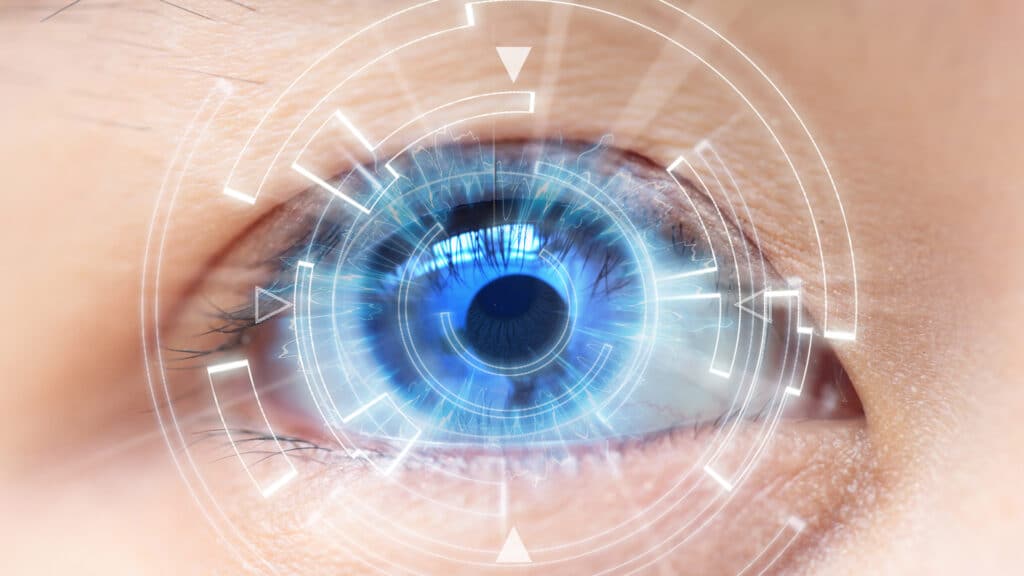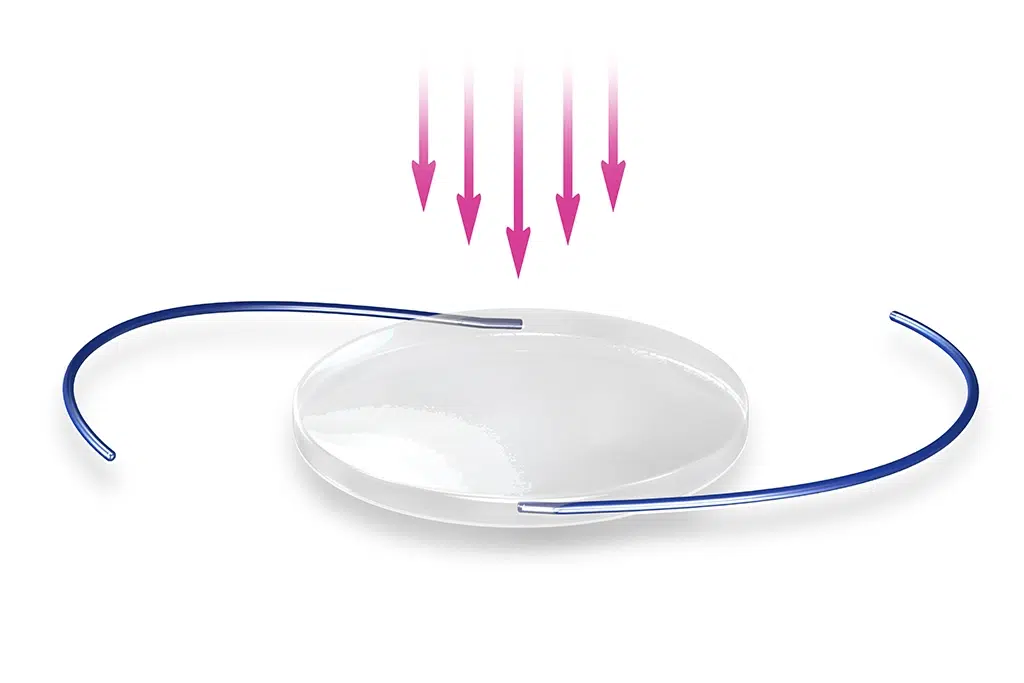Posted by: Eye Centers of Florida in Cataracts, Eye Health
Cataract surgery is one of the most common and effective procedures performed to restore vision. In recent years, advancements in technology have significantly enhanced the precision and outcomes of cataract surgery, offering patients improved safety, quicker recovery, and better visual results. Here’s a brief overview of why advanced technology is crucial in modern cataract surgery.

1. Enhanced Precision with Femtosecond Lasers
Femtosecond lasers have revolutionized cataract surgery by providing unmatched precision in several stages of the procedure. These lasers are used to create precise corneal incisions, perform lens fragmentation, and assist in the positioning of intraocular lenses (IOLs). This technology reduces the need for manual manipulation and can lead to more accurate and predictable surgical outcomes.
2. Advanced Intraocular Lenses (IOLs)
Recent advancements in IOL technology have expanded the options available to patients. Modern IOLs include multifocal, extended depth of focus, and accommodating lenses, which can correct not only cataracts but also other vision issues like presbyopia. This means patients can achieve better vision at multiple distances, reducing the need for glasses or contact lenses after surgery.
Light Adjustable Lens (LAL)
The light adjustable lens is an advanced type of IOL that can be used to replace your natural lens during cataract surgery. LAL the only intraocular lens that can be adjusted after cataract surgery allowing you to fully customize your visual results.
Benefits include: reduced risk of glare and halos, fine-tuned vision, and it is suitable for patients with complex eye conditions.

3. Improved Diagnostic Tools
Advanced diagnostic tools, such as optical coherence tomography (OCT) and corneal topography, allow for a detailed assessment of the eye’s structure before surgery. These tools help surgeons plan and customize the procedure to each patient’s unique eye anatomy, leading to more precise and effective surgery.
4. Faster Recovery and Reduced Complications
Technological advancements have also contributed to faster recovery times and reduced risk of complications. Techniques such as micro-incisional surgery and the use of advanced surgical instruments minimize tissue damage and reduce the likelihood of post-operative issues, allowing patients to return to their daily activities more quickly.
5. Personalized Treatment Plans
With the help of advanced technology, cataract surgery can now be tailored to each patient’s specific needs. Surgeons can create personalized treatment plans based on detailed pre-surgical imaging and diagnostic data, leading to better visual outcomes and higher patient satisfaction.
FAQs
1. What is femtosecond laser cataract surgery?
Femtosecond laser cataract surgery uses a laser to perform precise incisions in the cornea and fragment the cataract lens. This technology enhances the accuracy and safety of the surgery compared to traditional methods.
2. What types of intraocular lenses (IOLs) are available?
There are several types of IOLs, including monofocal, multifocal, extended depth of focus, and accommodating lenses. Each type addresses different vision needs and can help reduce dependence on glasses or contact lenses.
3. How do advanced diagnostic tools benefit cataract surgery?
Advanced diagnostic tools like OCT and corneal topography provide detailed images of the eye, helping surgeons plan the procedure with greater precision. This leads to more accurate outcomes and a personalized approach to treatment.
4. What are the benefits of advanced technology in cataract surgery?
Advanced technology offers benefits such as enhanced precision, improved visual outcomes, faster recovery times, reduced risk of complications, and the ability to customize treatment plans to individual needs.
5. Is advanced technology cataract surgery suitable for everyone?
While advanced technology offers many benefits, suitability depends on individual eye conditions and overall health. It’s important to consult with an eye care professional to determine the best approach for your specific situation.
In summary, advanced technology has significantly transformed cataract surgery, offering patients safer, more precise, and effective treatment options. By staying informed about these advancements, patients can make better decisions about their eye health and achieve optimal visual outcomes.